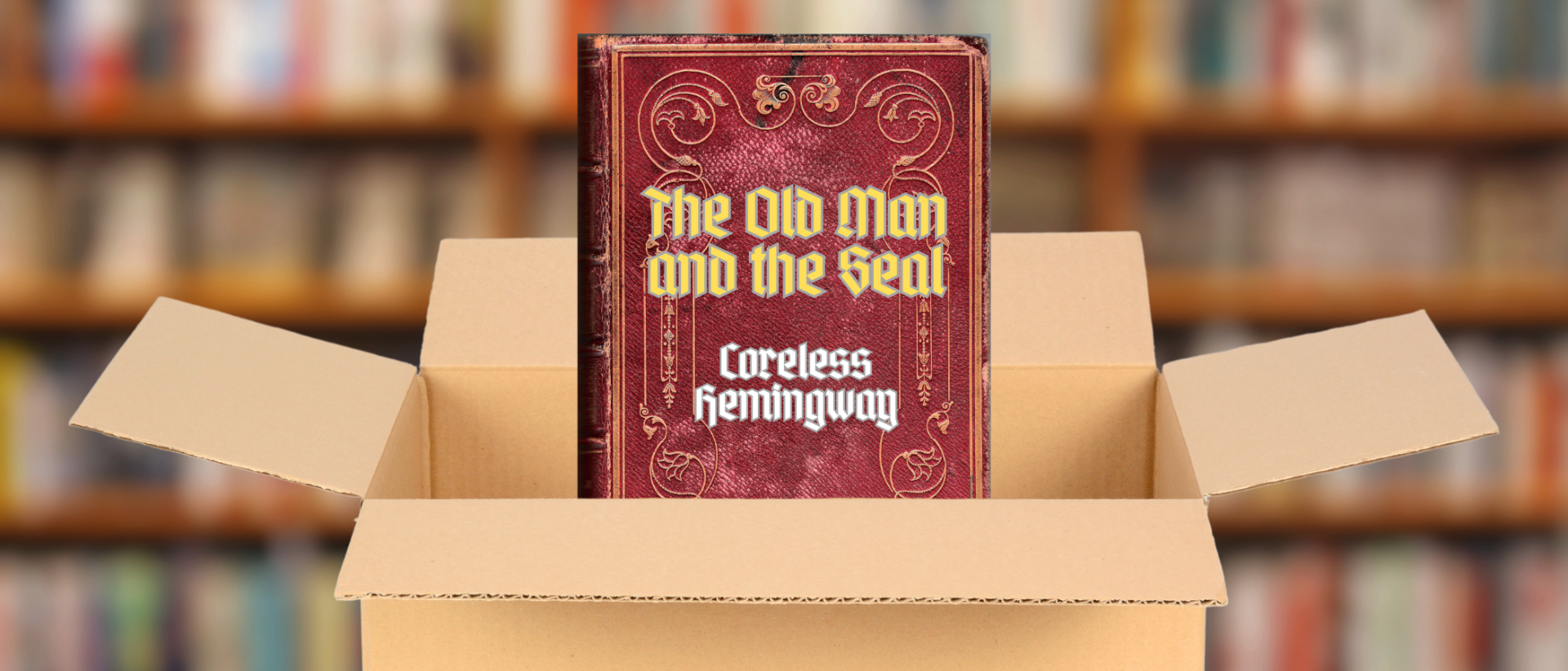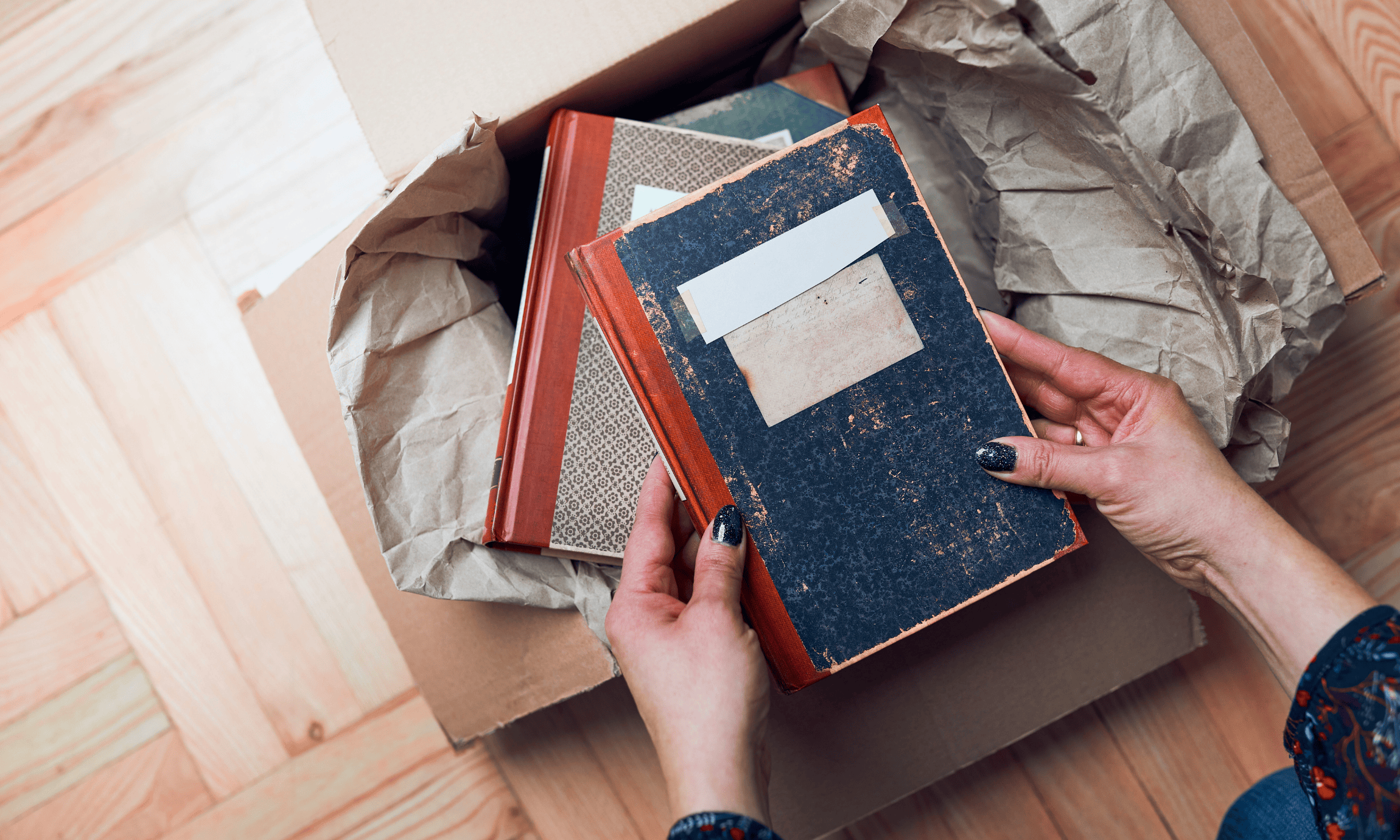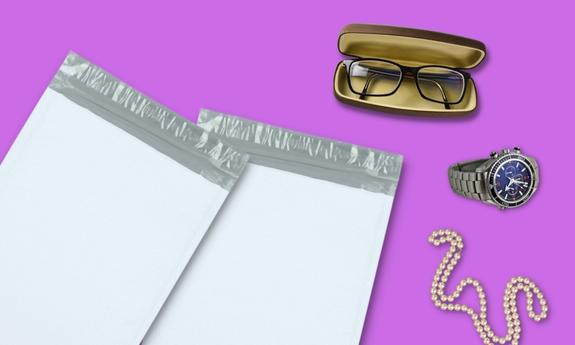While ebooks and audiobooks have never been more popular, printed books remain a major force in modern literature. In fact, 767.36 million printed books were sold in 2023 in the United States alone. Despite what many might think, print media is not going away anytime soon.
Unfortunately, printed books aren’t terribly durable. Paper is thin and fragile and books are liable to bend and tear. However, you are still more than capable of shipping your favorite books without worrying about damaging them. In this literate article, we will cover how to ship a book and what to expect when you ship.
Choose Your Packaging
Your choice of packaging depends on what exactly you’re shipping.
If you’re shipping around 1-4 books, you’re likely better off using a mailing envelope. Boxes come in a set size and if you’re not using every inch of the interior space, you may be unnecessarily raising your DIM weight expenses, or the costs related to the amount of space your package takes up.
Mailing envelopes, on the other hand, lie flat and take up much less space. Poly mailers are especially light and flexible. However, if you’re seeking more robust packaging, consider either a rigid photo mailer or kraft bubble mailer. The kraft paper material stays flat and the addition of a bubble liner boosts the protection your books will receive.
We have a separate article that further explains the benefits of mailers over boxes.
If you’re shipping a large quantity of books (10+), you may want to use a box instead. In this instance, choose the smallest possible box that will hold the load of books you wish to ship without damaging them.

Pack Your Book
Packing a book can be as simple as: insert book, seal package, and mark with addresses and postage.
For books that require extra protection, first place the book in a sealable poly bag and close it so that it’s airtight. Then place your book in your mailer or box. You can enhance the security of your package by sealing it with tamper evident tape.
You may also want to consider placing pieces of cardboard in your package to provide additional protection against bending.
How Much Does It Cost to Ship a Book?
If you’re shipping with USPS, you should select their Media Mail service, which ships books, CDs, DVDs, and other like media. A 1 pound (0.45 kg) book will cost $3.75 to ship. USPS then adds 70 cents for each additional pound. Therefore, a seven pound (3.18 kg) book will cost $7.95 to ship.
If you’re shipping with FedEx or UPS, these companies provide ways of calculating your shipping rates:
FedEx Shipping Rates
UPS Shipping Rates
The End
And that’s how to ship a book! It’s a pretty straightforward process, but it helps to go over it every now and then. Mailers are best for small shipments, while boxes are better for bigger loads. As long as you can adequately protect your books from moisture, tearing, or bending, you’ll find that shipping books is a breeze.







Log In